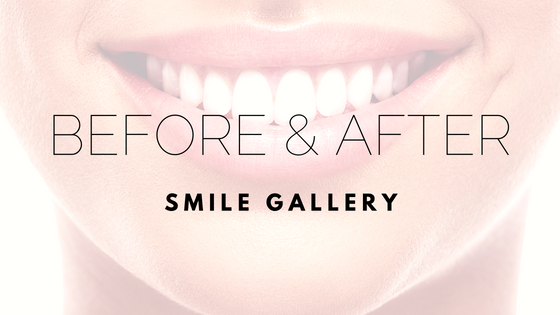#section-5bf0fdcc59b6e { ; background-color: #ffffff; }
#section-5bf0fdcc59e5b { ; background-color: #ffffff; }
Removing Mercury Amalgam Fillings Woodland Hills
If you ever had a cavity filled while growing up, then you might have received a mercury amalgam filling. These types of fillings used to be common and were a popular treatment for cavities, but today we know that the mercury in these fillings can be toxic and should not be used in the body. That is why many dentists offer mercury amalgam removal services that replace these types of fillings with healthier modern alternatives. The International Academy of Oral Medicine and Toxicology (IAOMT) has published guidelines that many dentists follow when removing mercury amalgam fillings.
What are mercury amalgam fillings?
If left untreated, cavities can become larger and lead to more severe issues that affect the tooth and surrounding gums. That is why it’s so important to visit your dentist and learn about fillings if you ever have a cavity! In the past, dentist relied on mercury amalgam fillings to treat cavities. These fillings feature a mixture of mercury and other metals, such as tin, silver, or copper. Amalgam fillings remained popular for so long because they were cost-effective and very durable. It was believed that combining mercury with these other metals made it safe for use in dentistry, but this is not the case.
Why do patients have these fillings removed?
Exposure to mercury can be dangerous for humans—and mercury amalgam fillings are no exception to this rule. Mercury fillings release low levels of mercury vapor, which can then be inhaled and otherwise absorbed by the body. In the past, many patients were unaware of the risks of having metal in their mouths, but now that many dentists are sharing their thoughts on the issue, patients are becoming more aware and are asking about alternatives to mercury amalgam.
What happens during mercury amalgam removal?
If you ask your dentist for mercury amalgam removal, then you might start the appointment by taking activated charcoal 15 minutes before the procedure is scheduled to start, as this can help remove mercury by passing it through your system. Next, the dental team will protect your face and clothing from mercury debris by covering you with protective barriers. A dental dam will be placed around the tooth or teeth containing the mercury fillings. The dental team will apply water to keep the fillings cool as your dentist starts to remove the fillings to prevent the mercury from getting too hot and releasing vapor and particles. A dental air-vac and high-volume evacuation suction tip will both be used during and after the procedure to remove mercury particles and vapors. You might also be provided with an alternative air source during the procedure—in which case, an oxygen canella will be placed in your nose and you’ll be instructed to avoid breathing out of your mouth so you are less likely to swallow any vapor or debris during the removal process. Once this is complete, the dental team will remove the dental dam from your mouth, take off their gloves, and vacuum your mouth for half a minute, if not longer. It’s important not to swallow while your mouth is being cleaned.
What happens after mercury amalgam removal?
Once the mercury amalgam filling has been removed, your dentist will replace it with a different type of filling. Your tooth will be prepared for the new type of filing and then it will be placed in your mouth. Composite fillings are popular among today’s dental patients because they are tooth colored, so they can look natural and fit in with the rest of your smile, and they do not have the same concerns that come with mercury amalgam fillings. Composite fillings are also quite durable and are likely to last for many years.
For more information go to: Pearl Zadeh DDS | Woodland Hills Holistic Dentistry
#section-5bf0fdcc5a60f .owl-theme .owl-controls .owl-page.active span { background-color: #000000 !important }#section-5bf0fdcc5a60f #testimonials-slider .owl-theme .owl-controls .owl-page span { border-color: #000000 !important }
#section-5bf0fdcc5a60f { background-color: #ffffff;background-image:none;background-position: top center;background-repeat:repeat-x;background-size: contain;background-attachment:scroll;; color: #000000;; background-color: #ffffff; }
What our patients say
#section-5bf0fdcc5a9a1 .owl-theme .owl-controls .owl-page.active span { background-color: #000000 !important }#section-5bf0fdcc5a9a1 #testimonials-slider .owl-theme .owl-controls .owl-page span { border-color: #000000 !important }
#section-5bf0fdcc5a9a1 { padding-top: 30px; padding-bottom: 60px; padding-left: 0px; padding-right: 0px; margin-top: 0px; margin-bottom: 0px; ; color: #000000;; background-color: #ffffff; }
#section-5bf0fdcc5ac29 { ; background-color: #ffffff; }




